Film tourism is drawing visitors to locations linked with cinema in all its forms, says writer and author Tomáš Galierik, whose book Filmové miesta (Film Locations) explores the phenomenon.
Speaking to the SITA news agency, Galierik explained that abroad, film tourism often includes museums, studios or guided tours. But many travellers also seek out authentic props, connections to film personalities – and above all, the film locations themselves.
“Film enthusiasts, even in the days of Czechoslovakia, used to visit the spring in [the Czech spa town] Karlovy Vary, because it was known as the place where the fake waiter in the 1980 film Waiter, Scarper! (Vrchní, prchni!) declared he would run for help – only for another fake waiter to be found among them,” Galierik said.
“If one managed to travel to the former Yugoslavia – and this still applies to present-day Croatia – the sites from the Winnetou films were popular.”
Another popular stop is Hoštice near Volyně in the Czech Republic, the filming location of the 1980s trilogy Sun, Hay and … (Slunce, seno…). “In Hoštice it is truly an experience to walk around places that many Slovaks know very well,” Galierik said.
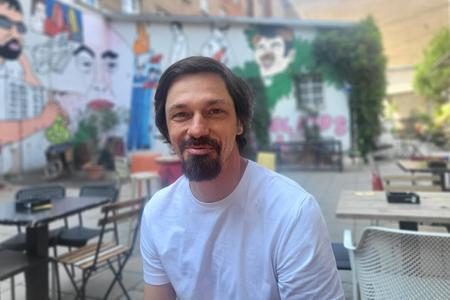
Reliving the scenes
For fans, he added, film tourism is a chance to see places they know from the screen. “A film fan may come with the desire to experience the setting, to have the same view, to gain a better idea of how the filming took place. Or perhaps they want to compare changes and progress.”
Galierik noted that the emotional impact of films often endures. “Sometimes the emotion from a film imprints itself deeply, whether it is a drama, a story based on real events, or even a comedy. Along with the emotion we also carry with us the image of how the scene looked.”
At Christmas, he said, staff at the Museum of the Slovak Village in Martin, central Slovakia, could testify to this. “Quite a few tourists come to look into the courtyards of houses in the traditional Orava folk architecture, which we saw in the 1985 film Feather Fairy (Perinbaba), and many of the views of those houses linger. They do not last just a few seconds.”
Mapping Slovakia’s film sites
The exact number of film tourism locations in Slovakia is not known. “Film enthusiasts, tourism professionals as well as ordinary visitors may not always consider a location that appeared for only a few seconds to be a true film site,” Galierik explained. “Many films keep their locations secret or do not mention them at all. Sometimes they cannot be identified – for instance, if a forest scene lacks a distinctive landmark.”
The more significant the work, he said, the more attractive its location tends to be. Slovakia may not have large studios, but it boasts inventive set designers and location managers, as well as a striking variety of landscapes – from lowlands and high mountains to riverbeds, marshes and even sand dunes.
“There is even a near-Martian landscape at the tailings pond near Markušovce,” said Galierik. “We have castle complexes, fairy-tale castles – and foreign filmmakers have noticed this too.”
Bojnice Castle has long been a favourite, featuring in more than one fairy-tale film, including The Incredibly Sad Princess (Šialene smutná princezná, 1968) and The Prince and the Astronomer (Princ a Hvezdár, 1978). It remains in use for filming today.
“Orava Castle is one of the few sites that openly acknowledges its positive relationship with cinema and has dedicated a space in the castle’s tallest tower to that theme,” Galierik said.
A growing trail
Within towns, Sabinov in eastern Slovakia is known for The Shop on Main Street (Obchod na korze, 1965), the Oscar-winning Czechoslovak film. Villages such as Lom nad Rimavicou and Blatnica also preserve links to cinema.
But the most prominent attraction, Galierik noted, is the Film Trail in the Košice Region – a project he authored and continues to update. Created and managed by the regional tourism board, the trail uses a mobile app, brochures and information panels to bring film sites to life.
“It guides, informs and entertains visitors. An audio commentary introduces the films and individual scenes, GPS provides directions, and the app helps with route planning,” he said.
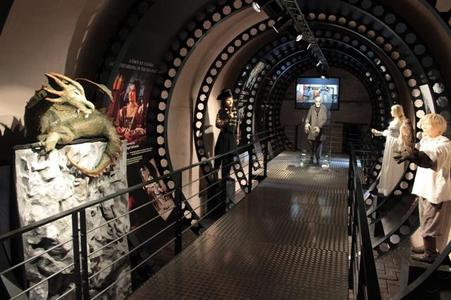
Attracting filmmakers
What draws filmmakers to Slovakia, Galierik argued, are its unique and often untouched locations. “We still have natural areas untouched by development. A wealth of monuments, castles, ruins, architecture in different styles and states of preservation.”
Yet challenges remain. “Slovakia cannot yet offer large-scale production facilities and studios with continuous use and extensive teams of set builders, costume designers and prop masters who can rely on regular employment rather than waiting for the next project,” he said.
Nevertheless, the country is active in attracting productions. “Foreign productions are offered substantial financial incentives in the form of tax rebates, since films bring jobs and investment. Efforts to establish a film studio complex in the era of independence have been made, but so far they have not materialised.”
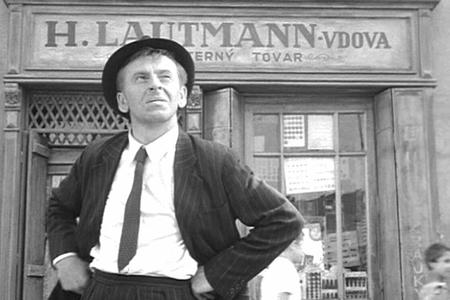
Central Europe’s role
Elsewhere in the region, the importance of filmmaking is well established. “Hungarian film studios, as well as those in Prague, regularly attract Hollywood productions, and filming complexes often extend beyond their own gates into the city itself, whether Prague or Budapest,” Galierik said.
“In Bulgaria, the Americans managed to shoot the entire latest Texas Chainsaw Massacre without needing Texas at all. The first series of Wednesday was also filmed in Romania.”


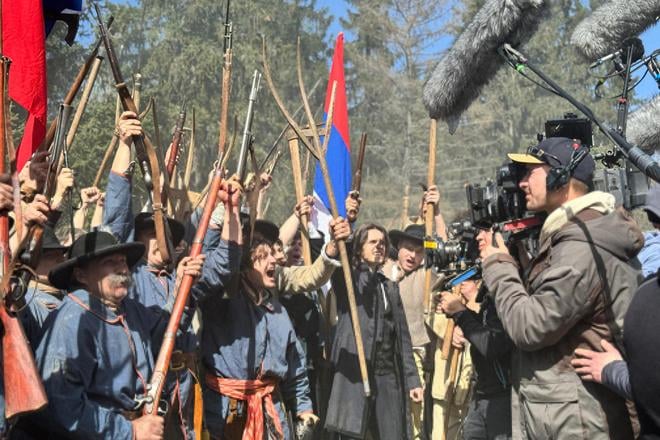 Actors and a cameraman during the filming of a historical movie about Ľudovít Štúr at the Museum of the Liptov Village in Pribylina on Sunday, April 13, 2025. (source: TASR - Lenka Hanesová)
Actors and a cameraman during the filming of a historical movie about Ľudovít Štúr at the Museum of the Liptov Village in Pribylina on Sunday, April 13, 2025. (source: TASR - Lenka Hanesová)
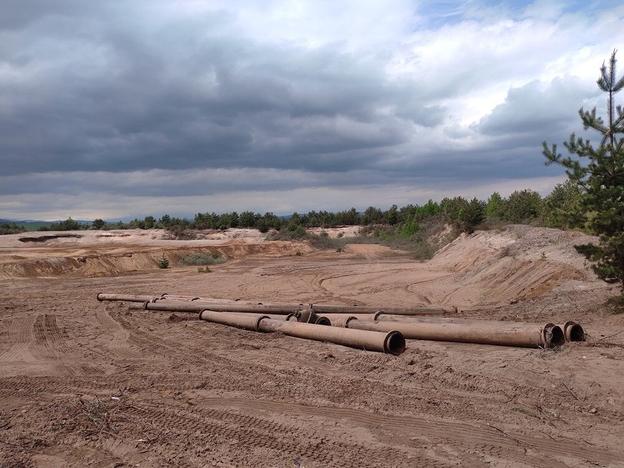 A near-Martian landscape at the Markušovce tailings pond in eastern Slovakia. (source: Korzár/Lenka Haniková)
A near-Martian landscape at the Markušovce tailings pond in eastern Slovakia. (source: Korzár/Lenka Haniková)